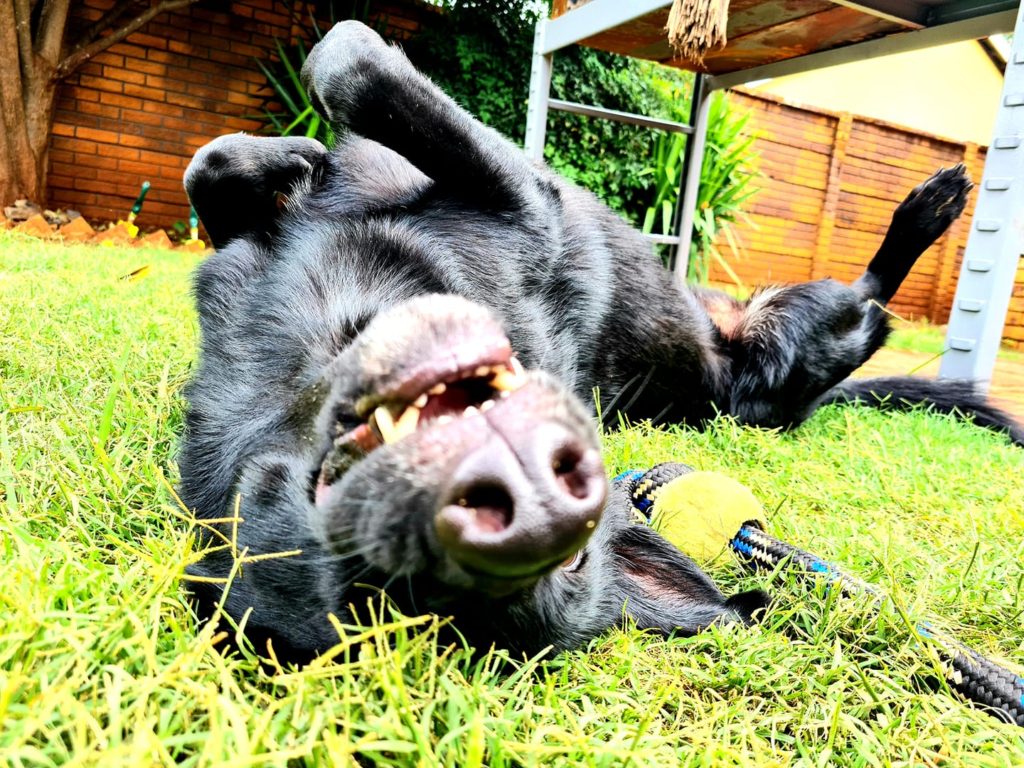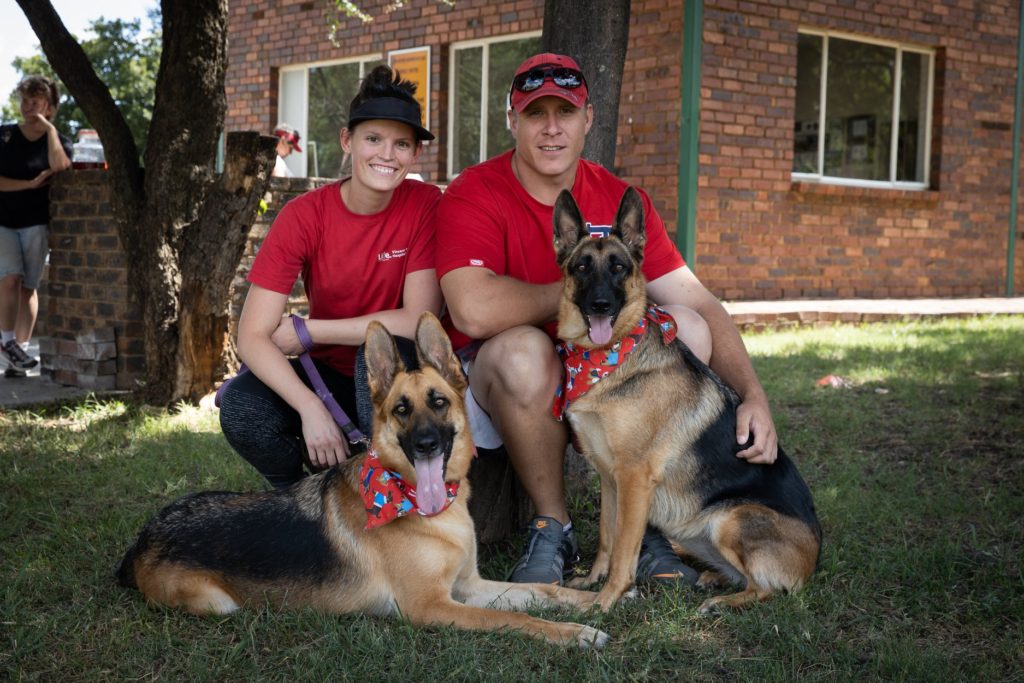
Many people believe you should be your dog’s leader through aggression and strong-handed dominance, and I don’t blame them. But those practices are outdated. There are easier ways to show leadership without damaging your dog’s confidence or trust in you.
To be your dog’s leader, you should act with purpose, not emotions. It will help create trust between you and your dog, the main ingredient in being a good leader. We often get caught up with our anger or irritation, which can only diminish your dog’s trust in you. What is a leader without trust? An oppressor.
Now, I’m not saying all dominance methods harm dogs, but research shows dogs react better to calm leadership instead of forced power. It means that you don’t need to establish a said dominance, but try to lead your dog into choosing behaviors you accept in your household.
Why Your Dog Needs You to Be the Leader
Your dog needs a leader to understand what is expected of them and what behaviors are acceptable or not. You see, dogs aren’t naturally inclined to navigate the human world and expectations. So, they need help and guidance to show them the ropes.
“Humans and dogs can only peacefully coexist when the dogs are in the follower role.”
Dog Breed Info
In a pack, dogs would usually test their boundaries, meaning that they would test whether they could be the leader or not. So, we are responsible for gently showing our dogs that we’re better suited to be their leaders. It means that we could better ensure:
- Their safety,
- How they navigate the human world,
- Their nutritional needs,
- Their mental and physical needs,
- That they’re healthy, and
- To create structure, which is essential for all dogs.
If the dogs were left in charge, they would surely struggle to survive in the human world. However, it doesn’t mean that strong-handedness and fear-inducing leadership is the answer. The more your dog trusts you, the easier they will follow your command.
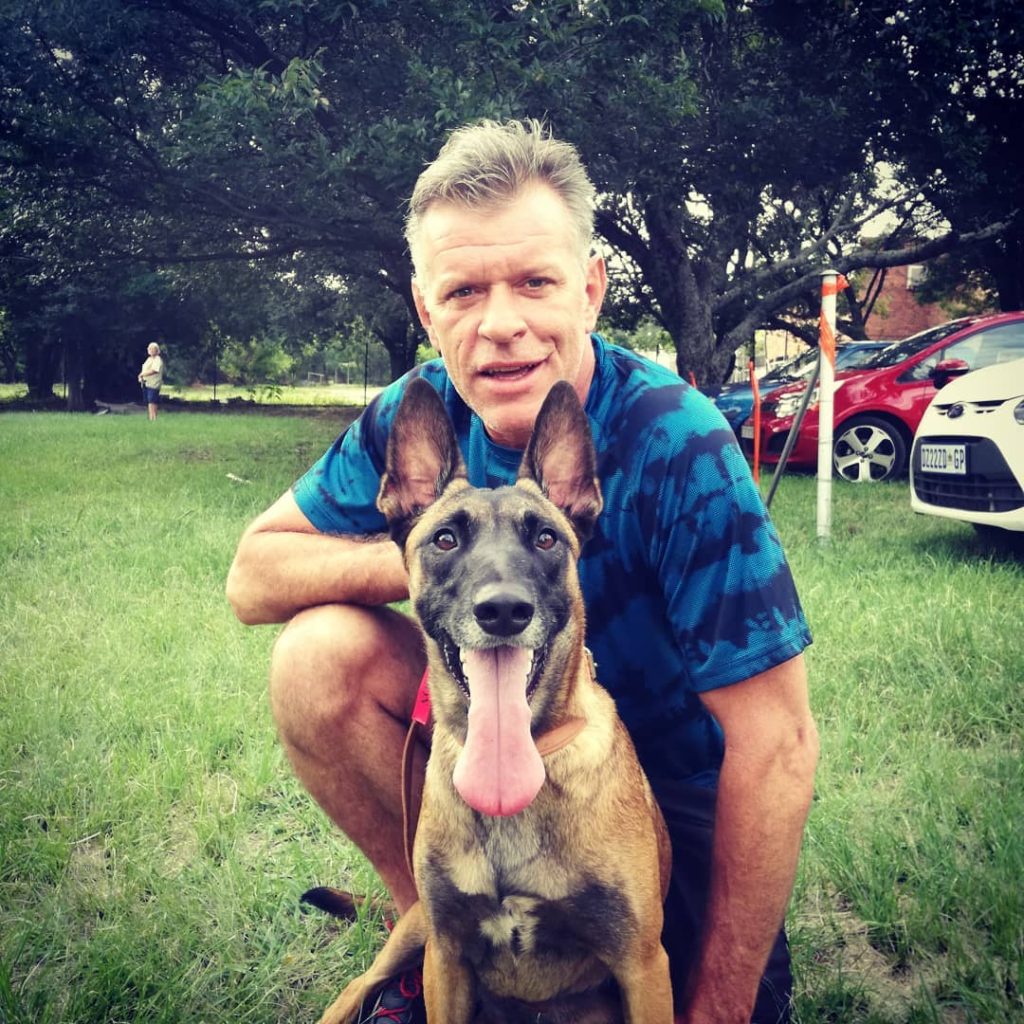
What Does It Mean to Be Your Dog’s Leader?
To be your dog’s leader means to guide them through their life experiences. There is a misconception between alpha-mentality and being a true leader. We cannot simulate alpha behavior as the alphas of the same species would. That’s because we don’t understand the more minor nuances of being a canine leader.
We can’t see the slight changes in body language, facial expressions, or mannerisms that a canine alpha would typically notice. At the same time, we don’t truly understand what it means to be a dog in the human world.
So, instead of trying to reenact an alpha’s behavior, you can try to focus on being the best human leader to your dog. But what does this mean? Well, in a nutshell, it means that you should:
- meet their needs,
- keep them safe,
- Be their guide.
Remember, your dog is a sentient being. They can experience feelings like joy, excitement, fear, anxiety, etc. So, when you incorporate their feelings into your leadership approach, they will follow you with much more eagerness. Not only will they willingly follow, but it will be associated with positive emotions instead of negative ones.
How Can You Show Your Dog You’re the Leader?
You can show your dog you’re the leader by taking a gentle but assertive approach to your leadership style. You don’t have to yell or use punishment to get your dog to listen. All you have to do is keep your dog’s well-being a priority, not only their physical but also their mental well-being.
If you apply the tips below, I can assure you that your dog will know who the leader is and easily fall into the follower role.
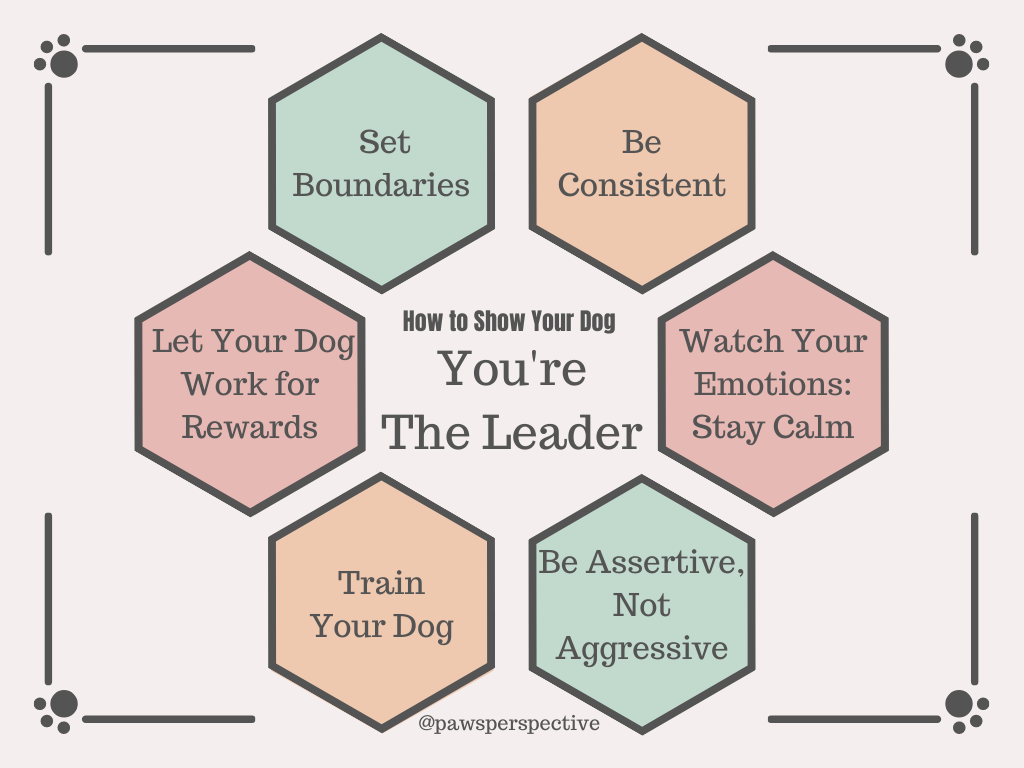
Set Boundaries
Setting healthy boundaries for your dog is the first and most important part of showing leadership. It forms the backbone of every other leadership approach you use in the future. Without boundaries, your dog won’t know how to behave in certain situations, which can cause a handful of behavioral problems.
You see, dogs need boundaries to function, and they rely on their inherent pack mentality to do so. Usually, in a pack, the alpha will set boundaries to keep the rest of the pack safe, fed, cared for, and teach them valuable life lessons. Without boundaries, the group will have a smaller chance of survival.
However, since dogs are domesticated, they need us to step up as their leaders for the same reasons. For instance, your dog can’t jump on every surface they find. There may be hazardous objects that can hurt your dog. So, limiting the surfaces they can climb on is a matter of safety.
Another example is showing your dog what they can and cannot eat. It would mean that you don’t allow your dog to eat human food unless it is safe for them. Not everything safe for our consumption is safe for theirs. Other examples of boundaries are:
- Which rooms your dog can and cannot enter
- Whether your dog is allowed to jump on people
- Which foods your dog is allowed to eat
- When your dog should train
- Where your dog is allowed to sleep
- When they can eat
- When they can play
With boundaries, you can raise a socially acceptable dog that can fit into your lifestyle effortlessly. Once they understand how to behave, it will be easier for them to manage their human surroundings and for you to have control over your dog in various situations, like the dog park.
Be Consistent
To emerge into your leadership role means to be consistent. Set your boundaries and expectations and keep to them. When you are inconsistent, your dog doesn’t know what you expect them to do and gets confused. I believe that a confused dog is easily subject to behavioral issues in the future.
What do I mean by this? Imagine you don’t want your dog to jump on people when they visit. Consistency, in this case, would be not to allow your dog to jump on anyone, even if it is you. But, if you enable jumping in some situations, your dog will struggle to tell when it’s permitted and when not. So, your dog may jump on every person they meet from that point.
“The best way to establish leadership is to be relentlessly consistent.”
Juan’Ri Strauss
If I’m honest with you, it’s not an easy task. I still struggle with consistency to this day. However, the more I learn about dogs and apply the knowledge to my dog parenting style, the more I understand the value of consistency.
It’s okay not to do it perfectly every day. As long as you strive for consistency, you’re already making a positive difference in your dog’s life.
Watch Your Emotions: Stay Calm
A good leader doesn’t lead with fear but with assertiveness. It means that you’re decisive and confident in your decisions, which cannot happen when you’re frustrated, angry, or irritated. So, if you feel these emotions, take a deep breath and try to calm down. Don’t try to lead your dog if it will be destructive instead of constructive.
Okay, that’s a mouthful, but what does it mean exactly? Well, suppose you want to do some obedience training with your dog after work, but you had a terrible day. So, you come home with built-up tension and frustration when you start your training session.
Now, instead of calmly correcting your dog when they made a mistake, you yell or punish them for not listening. This instills fear in your dog’s mind, making them less open to learning new things. It’s as if the fear shuts their minds down to accept instructions. It diminishes their trust in the person who was supposed to show them the ropes.
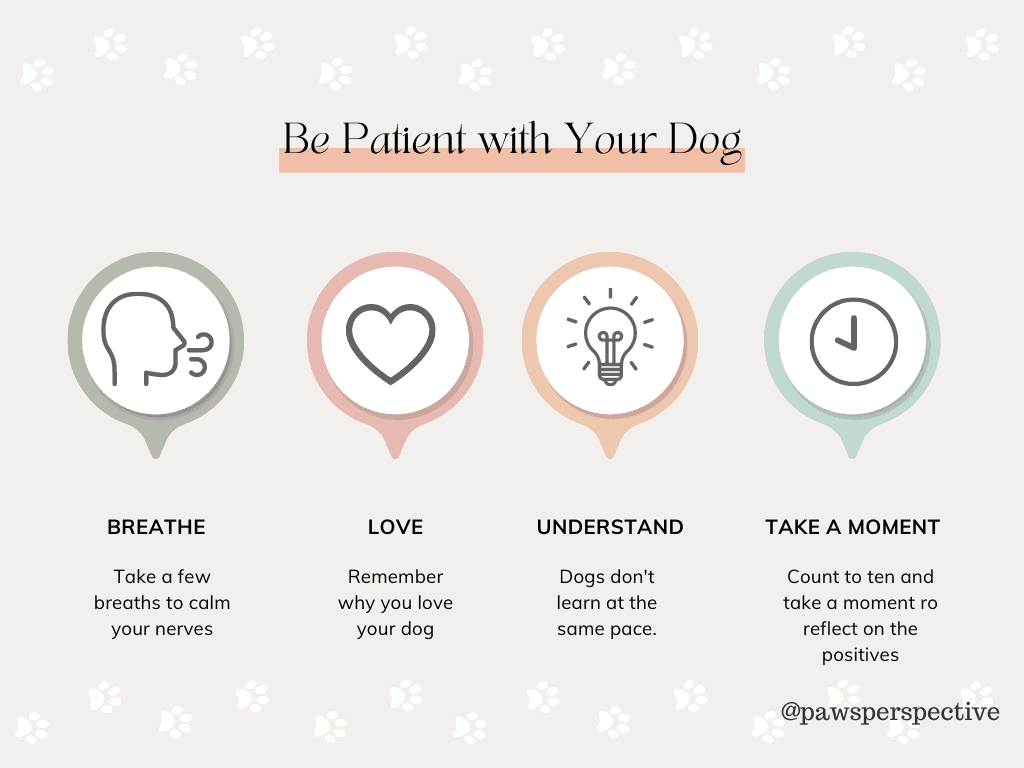
Be Assertive, Not Aggressive
Assertiveness and aggression don’t go well together. Using punishment to show your dog that they did something wrong creates a negative experience in your dog’s mind. But, when you are assertive, you use a calm, decisive, and confident approach, which makes a positive experience.
Being a good dog parent and leader means ensuring your dog’s overall well-being, not just the basic physical needs. So, it includes their mental well-being as well. You can’t successfully do that when you instill fear into your dog’s mind.
“Dog’s struggle to connect the punishment with the action they committed, so they are likely not to change their negative behavior, but rather become fearful and less prone to listen.”
Hills Pets
When it comes to being assertive, three tips I’ve mentioned already are crucial:
- Set boundaries
- Be calm
- Be consistent
When you incorporate all three, you have a solid foundation for assertiveness and a robust dog-owner bond. Remember: dogs accept guidance and learn better through positive association, not fear.
Train Your Dog

Basic training is another essential part of being your dog’s leader. When you train your dog, you help them learn what is acceptable behavior and what is not. It also helps stimulate their minds and bodies so they won’t seek stimulation through unwanted behaviors.
You learn how to successfully communicate with your dog through regular training and teach them to associate acceptable behavior with a positive experience like getting rewards or praise.
For example, if you want to teach your dog to sit, you’ll only reward them when they complete the action. You would withhold the reward, not punish them if they did anything else. This way, your dog learns what behavior will lead to rewards and what won’t.
So, when you train your dog, you don’t do it just to have a few party tricks up your sleeve. You do it to raise a dog that will fit into any social situation. Or, if that’s not your cup of tea, you’ll at least raise a dog that fits well into your lifestyle.
To learn more about training your dog, see my blog post on The Best Way to Train Your Dog- Tips from a Dog Trainer and The Best Training Method for Dogs: Positive Reinforcement.
Let Your Dog Work for Rewards
Leadership is more than controlling your dog’s behaviors. It is also allowing them to work to their strengths. This particular strength is that dogs are eager to work for their rewards. So, enhance your leadership skills by asking your dog to perform a task before they get any form of reward. These rewards would typically include:
- Food treats
- Toys
- Playtime
- Cuddles
- Praise
A study at the University of Agricultural Science in Uppsala, Sweden, found that dogs find a larger sense of purpose when working for their food instead of getting it without any expectations. The study concluded that dogs preferred:
- To control access to their environment surrounding rewards
- Take part in problem-solving activities as a means to get a reward.
This behavior is related to a dog’s innate desire to earn their keep. So, allowing your dog to work for their rewards, no matter how irrelevant it may seem, helps your dog understand that you have all their interests at heart, making you an exemplary leader.
The Paws Perspective
You don’t need to use outdated dominance practices and aggression to be a good leader for your dog. You must set boundaries, stay calm, be consistent and assertive, train your dog, and let them work for their rewards.
To keep to these practices, you first need to establish what you accept in your household and what you don’t. When you have a clear answer, you can be the leader your dog needs and the one they’ll look to for guidance.
From the dog club I trained with, I’ve learned that dogs aren’t spiteful when they don’t do as you’ve asked. There are two reasons your dog doesn’t listen:
- Your dog doesn’t understand what you expect them to do. If this is the case, reevaluate your training strategy.
- You are not your dog’s leader. If this is the case, try the steps in this blog post to help you establish your leadership style.
My final comment is this: leadership over a dog is different in every household. Some people may allow more than others, which is perfectly fine. As long as you stay true to yourself, you can lead your dog to be the perfect companion for your household.
